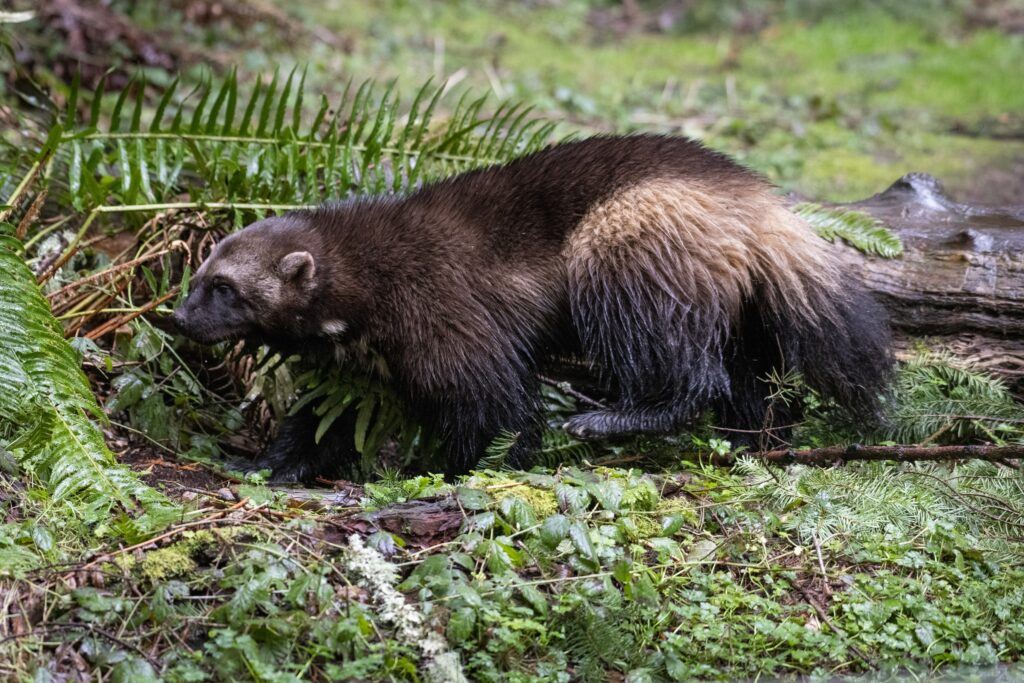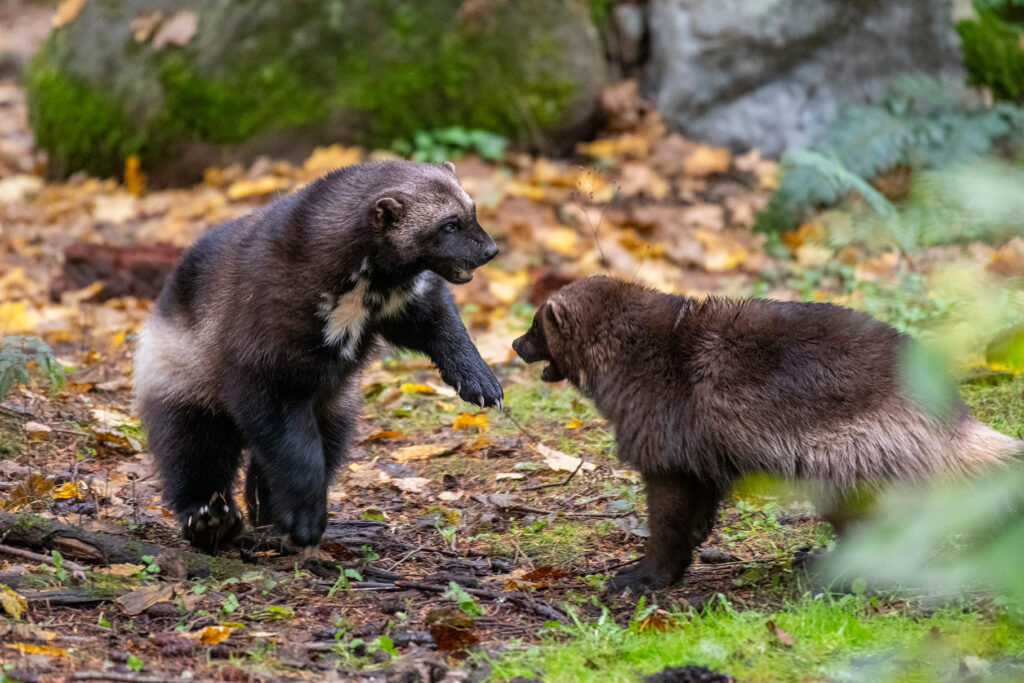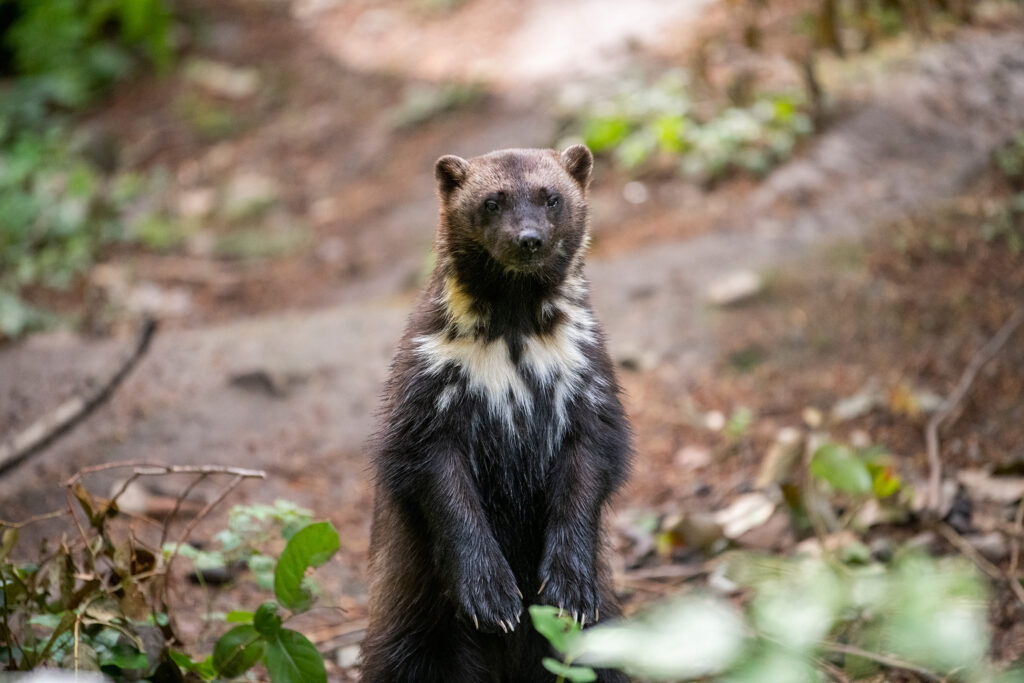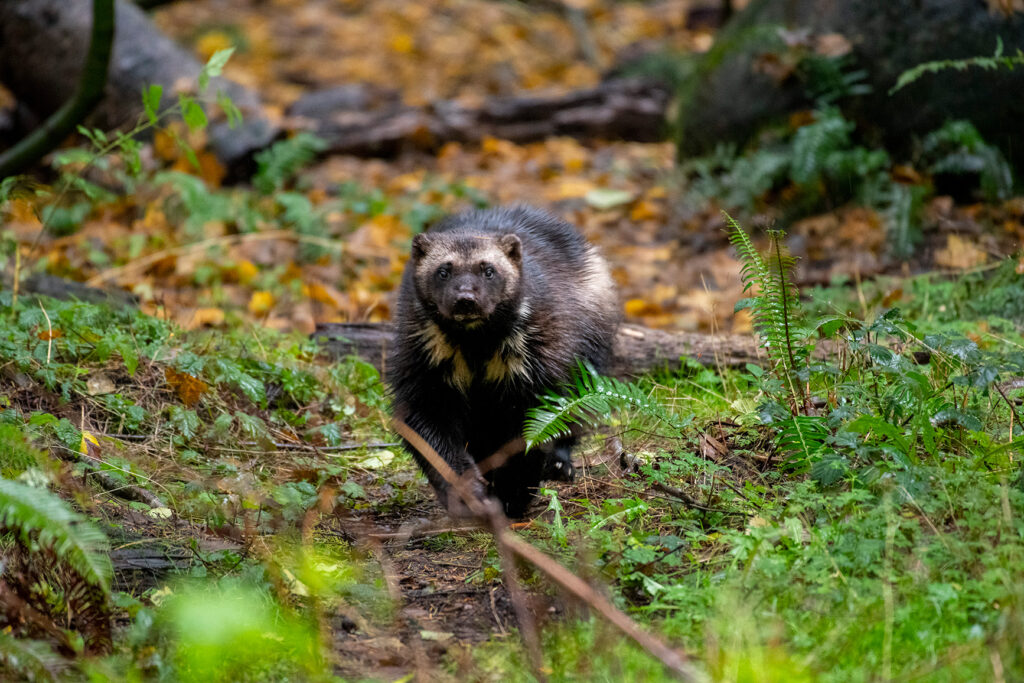On Nov. 29, just a month before the federal Endangered Species Act’s 50th anniversary (Dec. 28), the American wolverine received protection as a threatened species in the lower 48 states.

North American wolverines are rare in the wild, with fewer than 300 in the lower 48 U.S. states and around three dozen in Washington state. The new protection for wolverines prohibits federal actions likely to jeopardize their continued existence and requires a permit for anyone to harm, kill, capture, or collect a wild wolverine.
Wolverines are the largest land species in the mustelid (weasel) family and are known in biology and popular culture for their sheer ferocity. With large feet for traction in snow, powerful muscles for fighting and digging, a solid body, long sharp claws, fierce snarl, and indomitable nature, they can take on large predators (including bears) and frozen alpine conditions. And as their scientific name – Gulo gulo, or gluttonous glutton – suggests, they’ll eat almost anything, living or dead.

Those abilities have earned them a fearsome reputation.
“Wolverines are scrappy, adaptable, and smart,” said Northwest Trek Wildlife Park’s curator Marc Heinzman.
The loss of habitat due to climate change is the biggest threat to wolverines. In the wild, wolverines live in remote mountain wilderness in northern and western states. There are a few reasons wolverines need snow, including:
- Females need a snow den to raise their young.
- Wolverines store their prey in the snow for refrigeration.
“Warming temperatures mean fewer areas for wild wolverines to hide their prey,” said Heinzman. “They’re tough survivors in a harsh environment already, but even the toughest animals need protection against issues like climate change.”
Meet our wolverines

At Northwest Trek, wolverine siblings Ahma (16) and Rainier (14) are excellent ambassadors for their wild counterparts. Ahma is one of the three oldest wolverines in human care in the United States (it’s a 3-way tie: the other two are her brothers born in the same litter).
Keepers have taken extra steps to help Ahma and Rainier comfortably navigate their home as they age. They’ve added a ramp in their behind-the-scenes bedroom and placed log bumpers in outer areas of their habitat so the animals can move safely and easily, with their declining eyesight. Ahma had both of her eyes removed in 2022 after she was diagnosed with lens luxation. Rainier also has had an eye removed due to the same condition.

“Wolverines rely heavily on their keen sense of smell,” said Heinzman. “Ahma and Rainier have adapted well and seem to enjoy themselves. They can often be seen climbing, wrestling, and rolling around in wood wool, one of their favorite enrichment items.”
Both animals were born at Northwest Trek, and keepers have built trusting relationships with them.
“Keepers work with the wolverines daily on positive reinforcement training to continuously build that trust,” said Heinzman. “It allows them to quickly assess the wolverines without having to anesthetize them for an exam.”

Positive reinforcement training also led to Rainier voluntarily taking oatmeal bubble baths to treat his seasonally itchy skin. Keepers also work hard to train the wolverines to go into a crate and an injection tube, allowing them to anesthetize and care for the animals with minimal stress when needed.
Rainier, like most males, is bigger than his sister. A sunburst of white fur on the chest is how you can tell the wolverines apart – each one is unique.